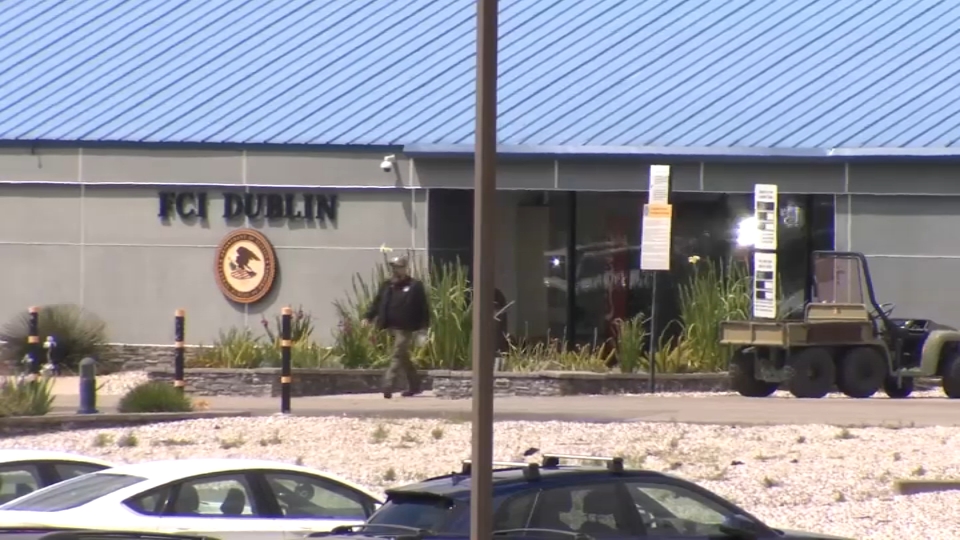Have you ever wanted the power to see through things? Maybe sneak a peak at that neighbor you've been crushing on? Researchers at UT Dallas might have figured out how to tap the terahertz spectrum with a special microchip that'll grant you Superman's X-ray-like vision (only it's T-ray vision).
You see, unlike the other wavelength bands in the electromagnetic spectrum that are used for all sorts of things from sending radio broadcasts to keeping your 3G signal on your smartphone running, the terahertz band is one that has not been fully used due to the potential thermal radiation risk on human processes such as "gene expression and DNA replication."
Dangers aside, the terahertz spectrum is versatile because it can penetrate cardboard, ceramics, clothing, masonry, paper, plastic, wood, fog and even clouds. However, it can't can't see through metal or water.
When terahertz signals are combined with a special CMOS technology (typically found in DSLRs and even high-end camera phones), the resulting product is an image (albeit a rough one that looks more like infrared) that can show objects that would normally be obscured by walls, clothing, etc.
According to Dr. Kenneth O, one of the research's lead professors of electrical engineering, the terahertz camera technology can be applied to a range of uses:
Consumer applications of such technology could range from finding studs in walls to authentication of important documents. Businesses could use it to detect counterfeit money. Manufacturing companies could apply it to process control. There are also more communication channels available in terahertz than the range currently used for wireless communication, so information could be more rapidly shared at this frequency.
Terahertz can also be used for imaging to detect cancer tumors, diagnosing disease through breath analysis, and monitoring air toxicity.
Local
While terahertz rays can see through objects from a mile away, due to safety concerns, Dr. O's team is only going to focus their efforts on research purposes and applications that are good within four inches or less. Good call on that one Dr. O; we can't have people spying on others from 10 feet away, now can we?
Via DVICE Source UT Dallas



